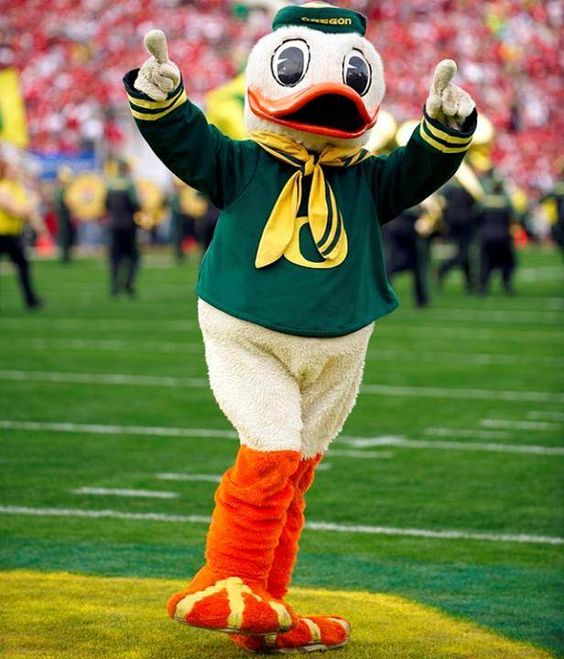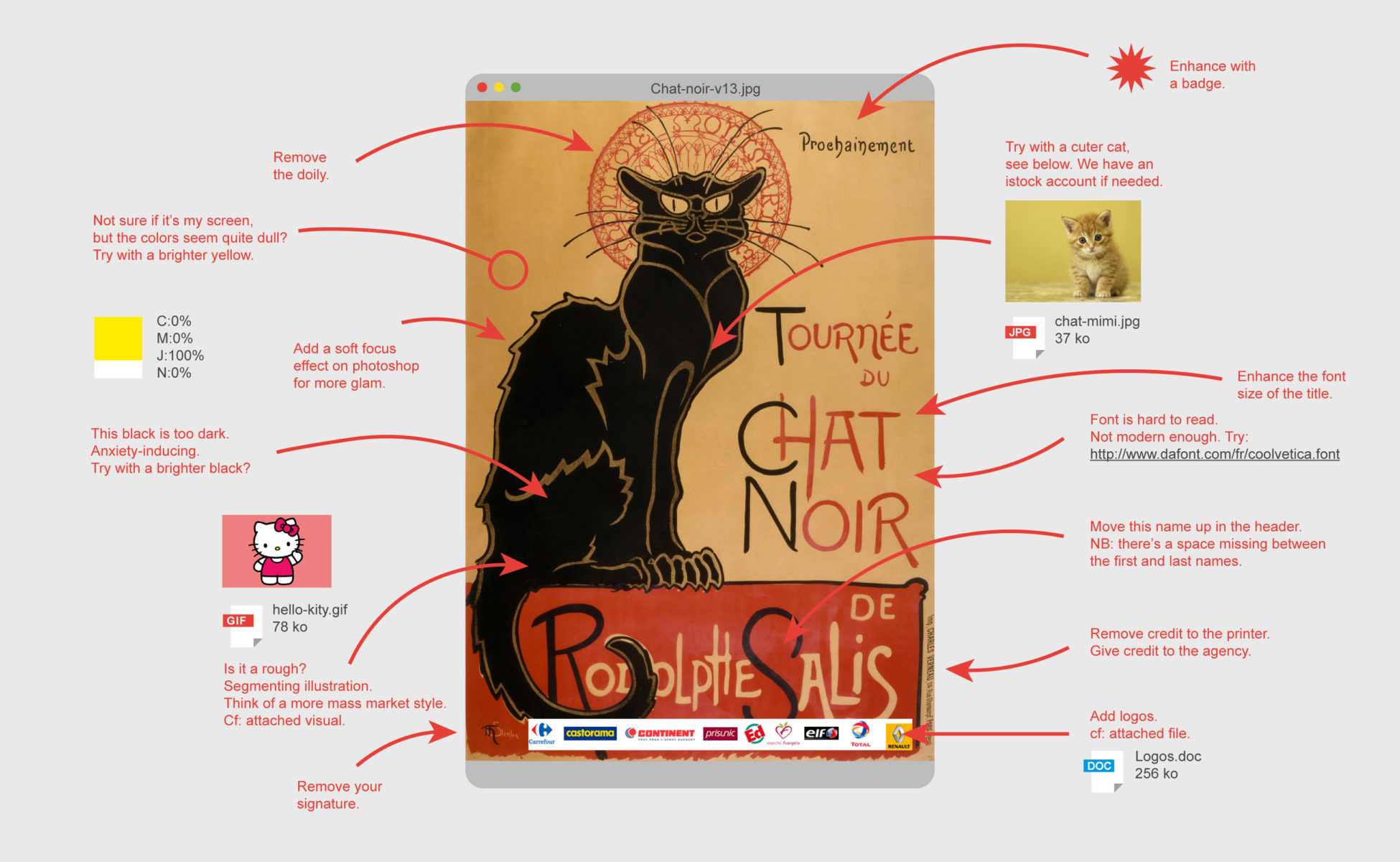Quick foray into the world of sports, (Shock!), for a look at what can happen in an organization, and their view of what is unacceptable employee performance, when feedback loops, (or review periods if you like), get shorter and shorter. Kind of like what seems to be happening in many large organizations who are moving away from annual performance reviews/ratings and toward more frequent, regular, lightweight, feedback loops.
The back story is from the University of Oregon, who yesterday terminated their head football coach Mark Helfrich after four years in charge, (and four years as essentially the #2 person in charge), and a impressive 37- 16 win-loss record as the head coach. From the USA Today article titled Mark Helfrich's firing sends chilling message to coaching trade:
(After a loss to arch rival Oregon State), Helfrich met Oregon athletics director Rob Mullens to discuss his future Tuesday night and left the meeting without a job. Internal discussions about the football program began before Saturday’s loss, according to USA TODAY Sports. Since Saturday, Helfrich had been in coaching purgatory, with two feet straddling the line between retention and dismissal.
There is something far bigger than just Helfrich at play at Oregon, which in the past two decades has grown into one of college football’s elite programs. First as the offensive coordinator and then as head coach, Helfrich deserves recognition as a key figure behind the Ducks’ surge.
But this is about more than just Helfrich, and the reach of Tuesday’s decision extends far beyond Oregon.
If you’re a college coach, take note: If Helfrich can be fired after one losing season, two seasons after the finest year in program history, after coaching the program’s only Heisman winner, with an eight-figure buyout — so can anyone else.
A few things to unpack here, especially if you are not a fan of or at least familiar with some big trends in college athletics in general, and football specifically. The sport at its highest levels - think Alabama, Ohio State, Texas, and yes, even Oregon - has become a high-pressure, big-money endeavor for that set of 40 or 50 schools that choose to compete at that level. They invest enormous resources in facilities, recruiting, support staff, and they pay their coaches, especially head coaches, astronomical salaries.
And in exchange for making these massive commitments of the school's resources, the administration expects to recoup that investment in revenue from broadcast and cable TV contracts, ticket sales, donations, and whatever else they can get their hands on. But to maximize those revenue streams, the football team needs to win lots of games, consistently, and every year. And that is where the feedback loop idea comes in.
Let's take this back to the Oregon situation and the recently fired Helfrich. From 2009 - 2012 Helfrich was the Offensive Coordinator (the most important coach aside from the head coach) on teams that went a combined 46 - 7, including reaching the national title game in 2010. In 2013, Helfrich was promoted to Head Coach following the departure of former Head Coach Chip Kelly to the NFL and the Oregon team proceeded to go 11 - 2, 13 - 2, (with another national title game appearance), 9 - 4, before stumbling this year to a disappointing 4 - 8 record.
So in eight years in 'executive' level positions with the Oregon football program Helfrich had what amounts to one bad year, this past year when the team struggled, and had its worst season in some time. In the past, and really the not so recent past, university administrators would look at that kind of record and see what has been, largely, fantastic performance. There may be only 3 or 4 other programs in the country who have won more games in that 8-year span than Oregon. But, and this is a big but, Helfrich's (and Oregon's) worst performance in some time was this past year, and since Oregon's, (and probably lots of other schools as well), window for performance evaluation is compressing, Helfrich was let go.
Seven years, (with three as head coach), of impressive results. One 'not acceptable' year. And you're gone.
No probation, no warning, no 'performance improvement plan'. Just, 'Thanks for your service. Take care.'
Look, I don't feel that bad for Helfrich. He (and every other big time college coach), makes a ton of dough, and sort of gets that all of these jobs are pretty tenuous and often kind of cruel.
But why I think it is important to consider is that a few years ago Helfrich's performance and contribution to the success of the organization would have been assessed with a wider angle lens. He certainly would have in the past been given at least one more season to try and 'right the ship', and return Oregon back to its expected winning standards, (standards he himself had a large part in creating with his coaching).
But as the performance and feedback time horizon for college football coaches has contracted, 'What have you done for me lately?', then Helfrich's 'review' didn't really take into account, nor give him much credit for his efforts over his 8-year tenure at Oregon.
I think this same kind of compression is one of the potential dangers for organizations who are moving towards more frequent, and real-time performance management and coaching kinds of schemes as well. As these windows shrink from what typically was once per year, the opportunity for HR and business leaders to get subjected to recency bias is much more present. If we are all being evaluated much more often, the chances of any given evaluation to be negative are much higher - even for those folks who would average out to be 'good' or 'really good' performers when considered over a longer time horizon.
We all have bad days. Bad weeks even. Maybe a project we didn't really do the best with. But that may be one project out of 27 we wlll work on this year. In the past, one or two bad projects would more or less get lost in the wash of 25 other good ones. But when we move to a process that demands we assess performance pretty much all the time, then those one or two bad projects are going to stick out, be remembered, and probably carry more weight in the aggregate than they should.
Helfrich had one bad year out of eight. In today's world of college football that is enough to get you fired.
I guess the real question is how many bad days are you allowed to have in your job until you get fired too?
 podcast tagged
podcast tagged  HR,
HR,  HR Happy Hour,
HR Happy Hour,  Human Resources,
Human Resources,  feedback,
feedback,  performance,
performance,  podcast,
podcast,  talent
talent  Email Article
Email Article 
 Print Article
Print Article 



